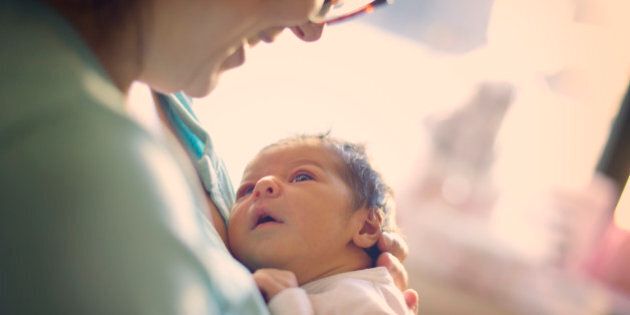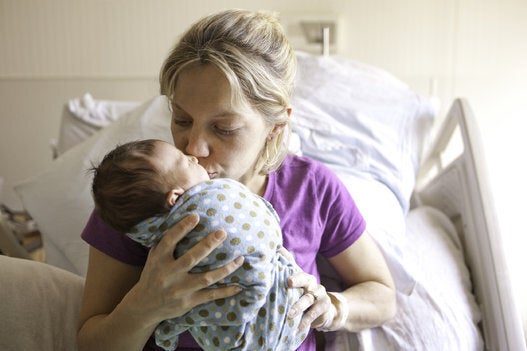
Somalia is the worst country in the world to be a mother, according to Save the Children’s “State of the World’s Mothers” report from 2015. The results were based on a number of factors, including maternal health, educational status, political status and children’s well-being.
This was the second year in a row that Somalia ranked the lowest out of 179 countries. In the African nation, 15 per cent of children die before their fifth birthday and one in 18 women dies from maternal-related complications.
Following Somalia, the Democratic Republic of Congo, the Central African Republic, Mali and Niger all ranked as the world’s worst places for mothers. In these countries, maternal health and children’s well-being are at great risk. In Niger, for instance, the maternal death rate is one in 20 and in Central African Republic, one in seven children die before turning five.
These numbers present a staggering contrast compared to statistics from the world’s best place to be a mother: Norway. There, just 0.3 per cent of children are at risk of dying before their fifth birthday and there’s only a one out of 15,000 chance of women dying during pregnancy or childbirth.
So why is there such a stark difference between these countries? Save the Children’s report believes a country's economic wealth and the rise of cities are big factors.
“One of the worst places in the world to be a mother is in an urban slum,” Margaret Chan, director-general of the World Health Organization, said in the report.
According to Save the Children’s findings, one-third of the world’s urban population lives in slums and these people are often overlooked. In these areas, poverty, overcrowding, poor sanitation and so on are prevalent, putting maternal health and children’s well-bring at a greater risk.
“These are the women and children left behind by this century’s spectacular socioeconomic advances,” Chan continued. “Far too often, even the simplest and most affordable health-promoting and lifesaving interventions — like immunizations, vitamin supplements, safe drinking water, and prenatal check-ups — fail to reach them. Their plight is largely invisible. Average statistics for health indicators in cities conceal the vast suffering in slums and other pockets of poverty in rich and poor countries alike.”
On top of that, a country’s political instability also plays a huge role. Nearly all countries that ranked the lowest on Save the Children’s list are plagued by war and conflict. As a result, 56 per cent of all maternal and child deaths worldwide occur in these countries.
In a press release, Save the Children’s president and CEO Carolyn Miles said the organization is committed to improving the health of mothers and children everywhere.
“We need to do more to make sure that all mothers and babies have a fair chance of survival and a happy, healthy life – no matter where they live,” she said. “Save the Children believes that a mother in Somalia, or frankly a mother in America, deserves the same opportunity to thrive as a mother in Norway.”
So where does Canada rank on the list? In 2015, we ranked at number 20, ahead of the UK, number 24, and the US, number 33. In Canada, just one in 5,200 women are at risk of dying from pregnancy-related causes and 5.2 out of every 1,000 Canadian children die before turning five.
ALSO ON HUFFPOST:
